Domestic pepper prices recorded scattered decreases.
Pepper prices in the Central Highlands continued to decrease slightly on the morning of November 16, bringing the pepper price level to around 144,000-145,500 VND/kg. In Dak Lak , pepper prices decreased by 500 VND/kg and stopped at 145,500 VND/kg. Lam Dong also adjusted down 500 VND/kg, maintaining the level of 145,500 VND/kg after the previous decrease.
Gia Lai region maintained pepper price at 144,500 VND/kg, no new changes. Although the decrease was small, the continuous adjustment of pepper price in many sessions shows that the market is entering a natural balance between supply and demand.
Pepper prices in the Southeast maintain a stable low price range.
In Ho Chi Minh City, pepper prices remained at 144,000 VND/kg. Dong Nai decreased by 500 VND/kg to the same level of 144,000 VND/kg. With the uniformity among provinces, domestic pepper prices maintained a range of 144,000-145,500 VND/kg, not causing major fluctuations for growers and traders.
This development helps the market maintain relative stability in the face of international fluctuations. Pepper prices are still fluctuating in the low range but there are no signs of a further decline.

World pepper prices stable in session 11/16
According to the International Pepper Association (IPC), world pepper prices on November 16 only slightly adjusted. Lampung black pepper prices (Indonesia) increased by 0.13% to 7,108 USD/ton. Muntok white pepper also increased by 0.13% to 9,745 USD/ton.
Brazilian and Malaysian pepper prices remained stable. Brazilian black pepper remained at $6,100 per ton, while Malaysian pepper was at $9,200 per ton for black pepper and $12,300 per ton for white pepper.
In the Vietnamese market, pepper export prices remain stable: black pepper 500 gr/l remains at 6,400 USD/ton, 550 gr/l at 6,600 USD/ton and white pepper around 9,050 USD/ton.
Vietnam's pepper exports continue to make a strong impression
Russian newspaper Pravda once published an article calling Vietnamese pepper a “currency” when looking at the export growth potential in 2025. In the first 7 months of the year, Vietnam exported 145,046 tons of pepper, reaching 988 million USD. Although the volume decreased by 11.7% compared to the same period, the value increased by 29.3% thanks to high export prices.
Black pepper prices reached 6,713 USD/ton, while white pepper reached 8,756 USD/ton. This is a rare increase in many years and is the reason why Vietnam's pepper exports are highly appreciated.
The US is the largest market with more than 30,000 tons, accounting for more than 21% of exports. In addition, the UK has become a prominent destination when Vietnam accounted for more than 62% of the imported pepper value in the first 4 months of 2025.
According to VPSA, in October 2025, Vietnam exported 19,430 tons of pepper, earning 129.5 million USD. Compared to the previous month, the volume decreased by 5.2%, but was still 5.1% higher than the same period last year.
Black pepper export price in October reached 6,443 USD/ton, while white pepper reached 8,392 USD/ton.
In the first 10 months, Vietnam exported 206,427 tons of pepper with a value of 1.39 billion USD. Although the volume decreased by 5.9%, the turnover increased by 25.4% thanks to a sharp increase in the average pepper price.
The US continues to lead the way with 44,262 tonnes, followed by the UAE, China, India and Germany. Strong growth in some markets such as Thailand, Poland, Türkiye and Egypt has contributed to maintaining Vietnam’s No. 1 position for more than 20 years.
Historical value of pepper – “black gold” for thousands of years
According to the McCormick Institute (USA), pepper was once considered black gold and became the most important spice in human history. In ancient civilizations, pepper was as valuable as gold and silver, and was even used as money to pay taxes, repay debts, make dowries or trade.
Medieval Europe used pepper as a means of payment, to the point that some wealthy people were called “bagmen”. The race to find a route to India to own pepper also contributed to the opening of the age of geographical discovery in the 15th century.
In Vietnam, pepper plants appeared in the 17th century and quickly became a strategic agricultural product in Phu Quoc, Ha Tien and the basalt red soil areas. Vietnam's pepper industry has developed strongly and has maintained its position as the world's top exporter for more than two decades.
Source: https://baodanang.vn/gia-tieu-hom-nay-16-11-giam-nhe-thi-truong-dieu-chinh-tren-dien-rong-3310173.html


![[Photo] General Secretary To Lam receives Vice President of Luxshare-ICT Group (China)](https://vphoto.vietnam.vn/thumb/1200x675/vietnam/resource/IMAGE/2025/11/15/1763211137119_a1-bnd-7809-8939-jpg.webp)
![[Photo] Prime Minister Pham Minh Chinh meets with representatives of outstanding teachers](https://vphoto.vietnam.vn/thumb/1200x675/vietnam/resource/IMAGE/2025/11/15/1763215934276_dsc-0578-jpg.webp)

![[Photo] Panorama of the 2025 Community Action Awards Final Round](https://vphoto.vietnam.vn/thumb/1200x675/vietnam/resource/IMAGE/2025/11/15/1763206932975_chi-7868-jpg.webp)


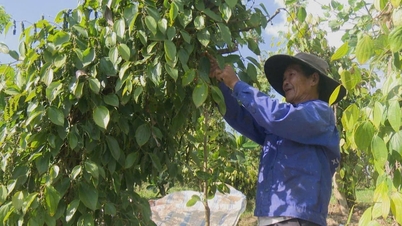







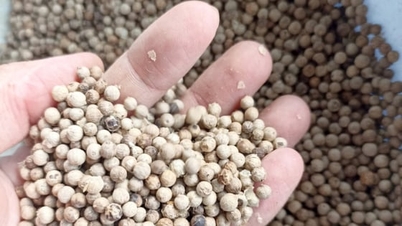
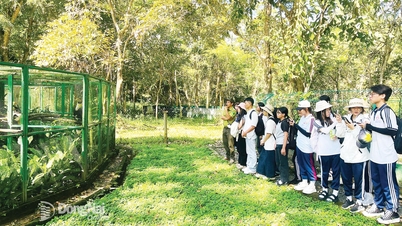





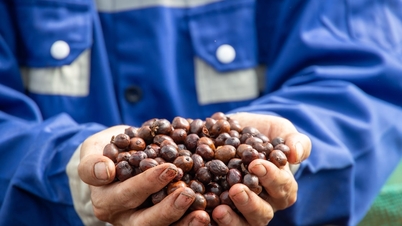












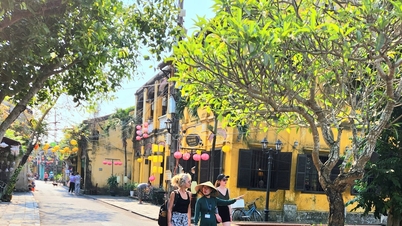
















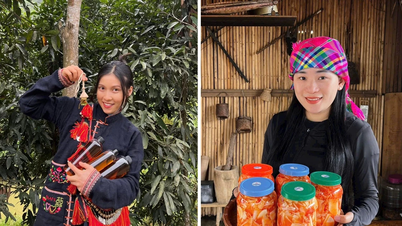


































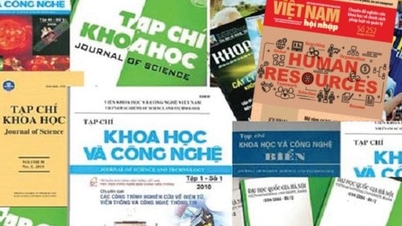

















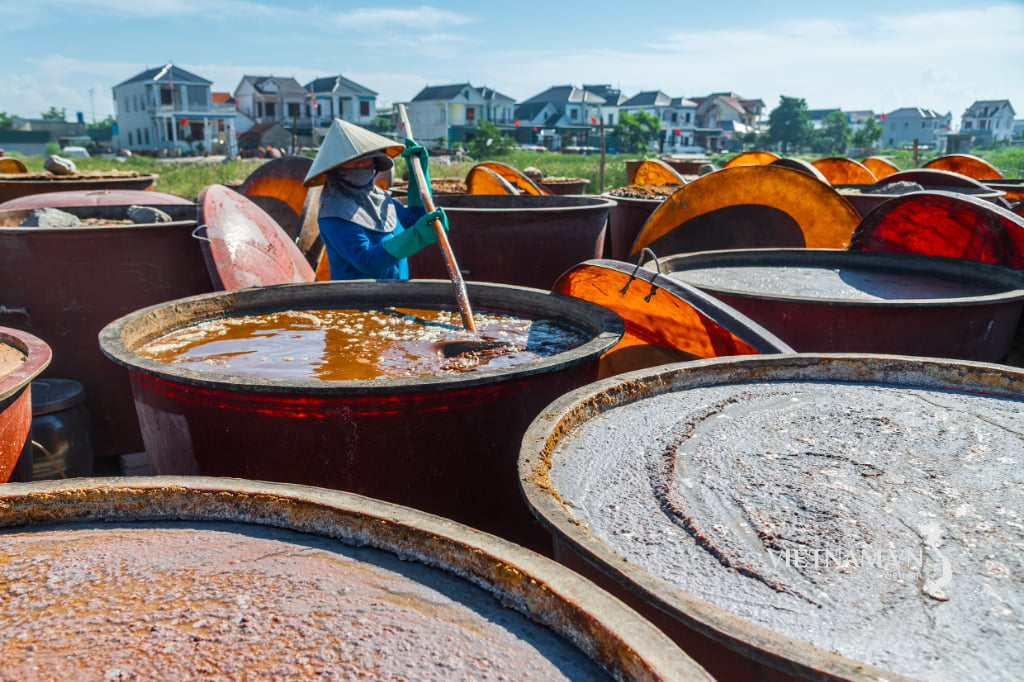


Comment (0)